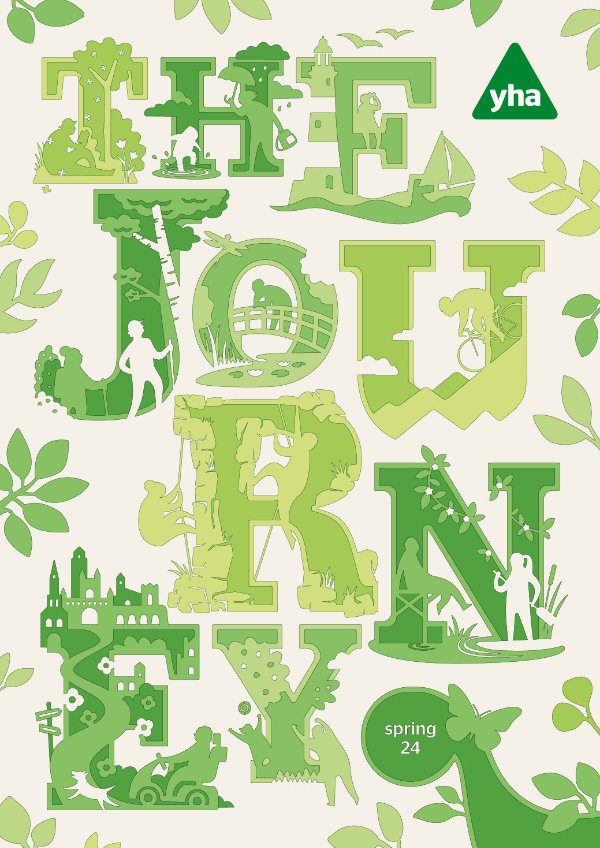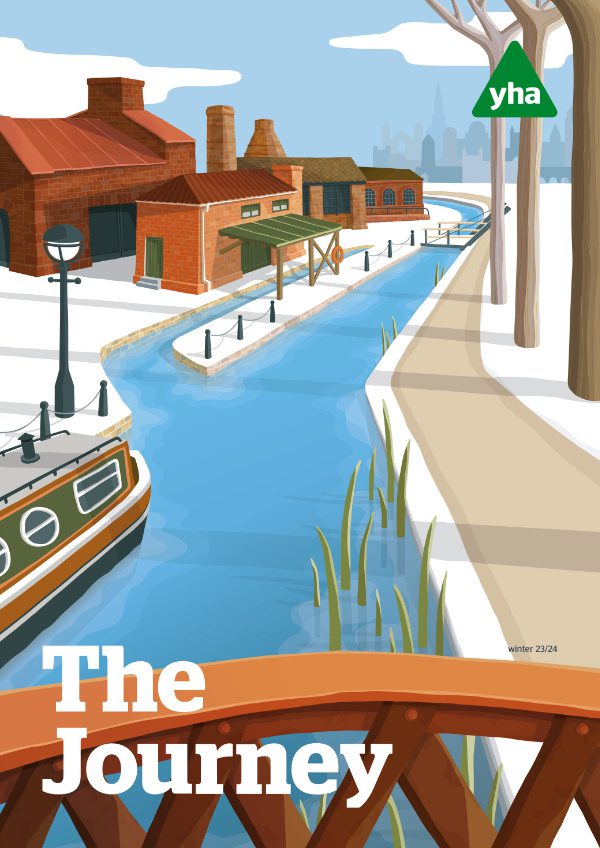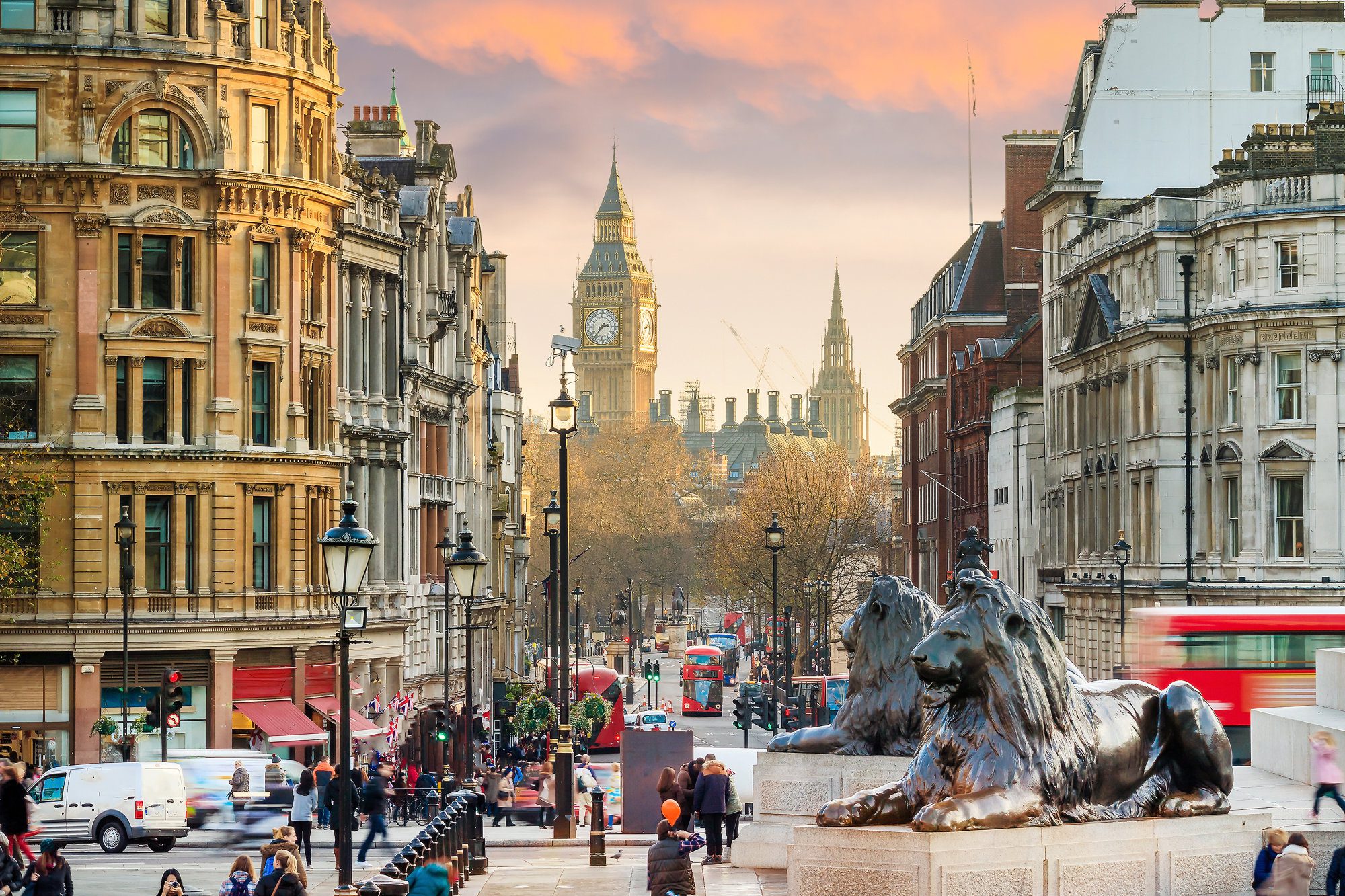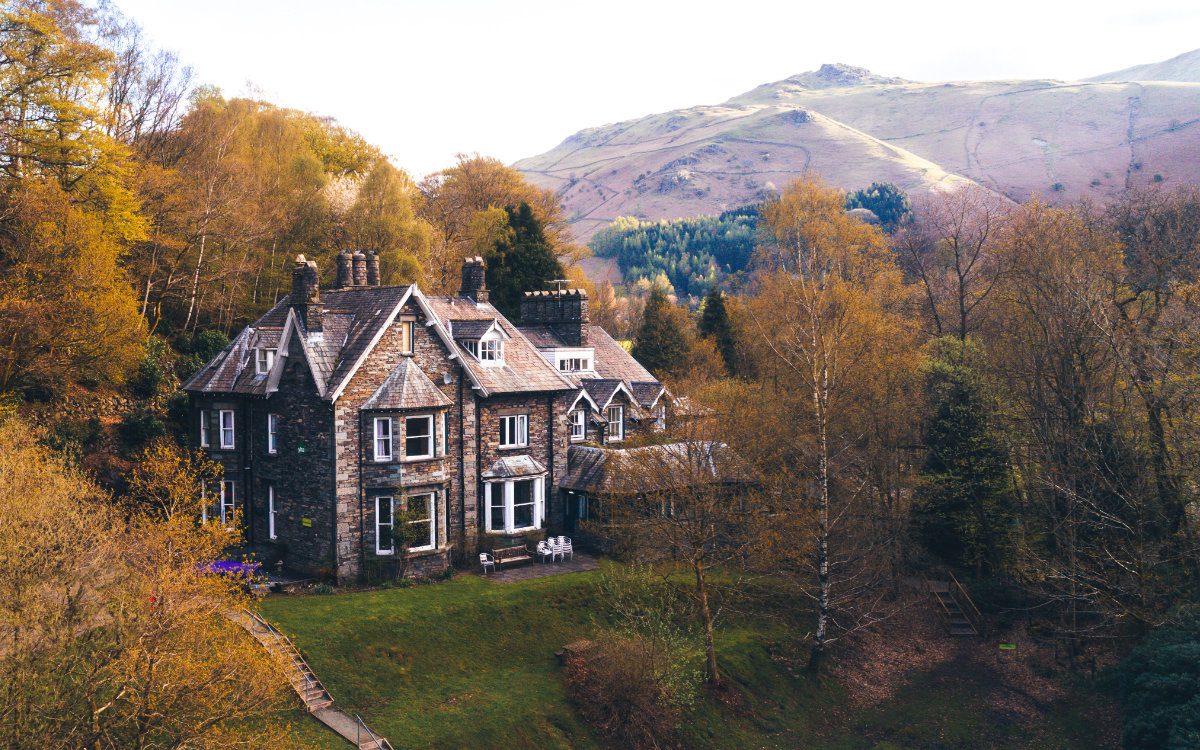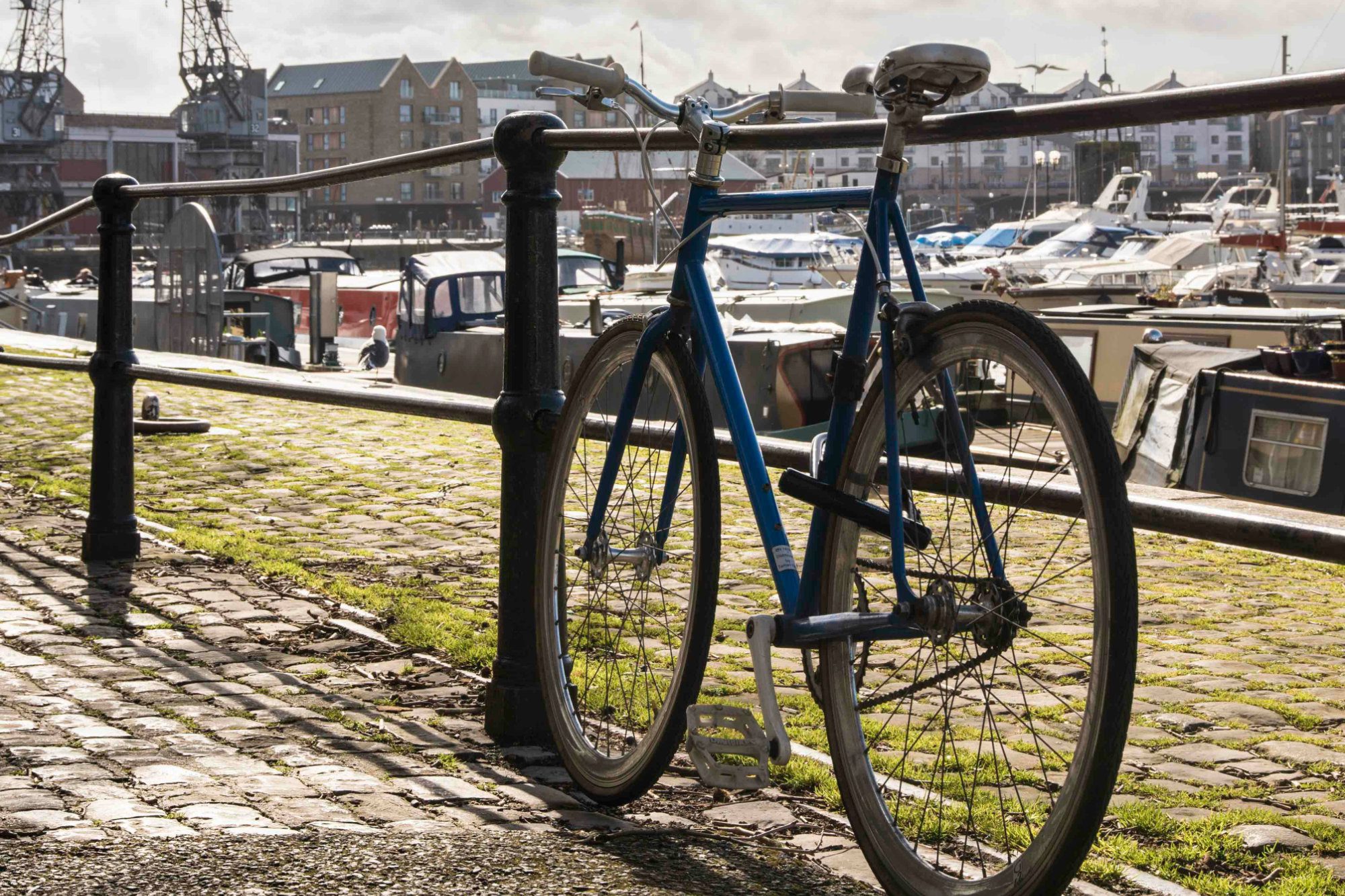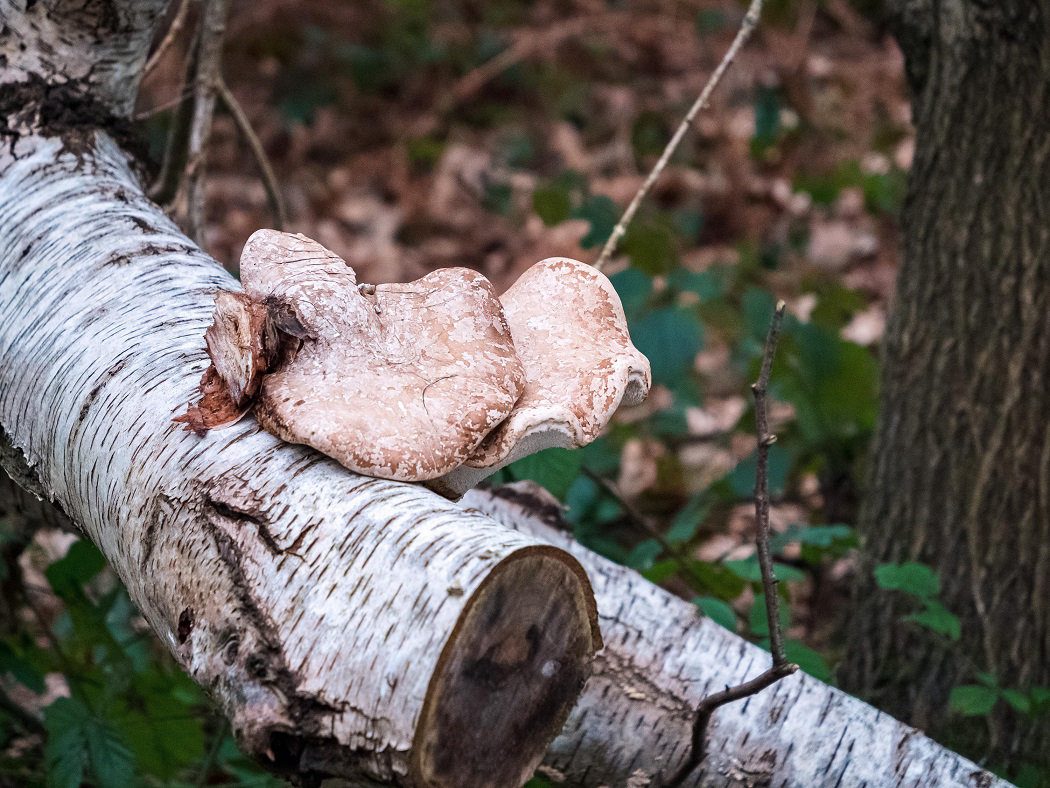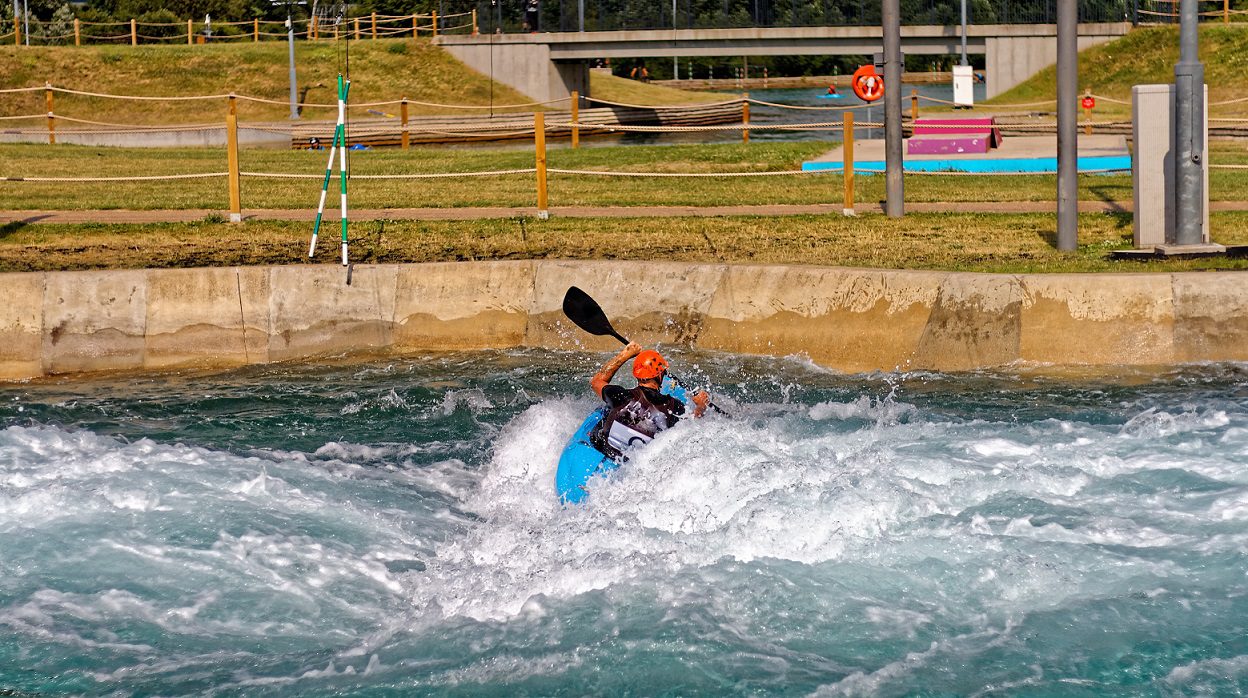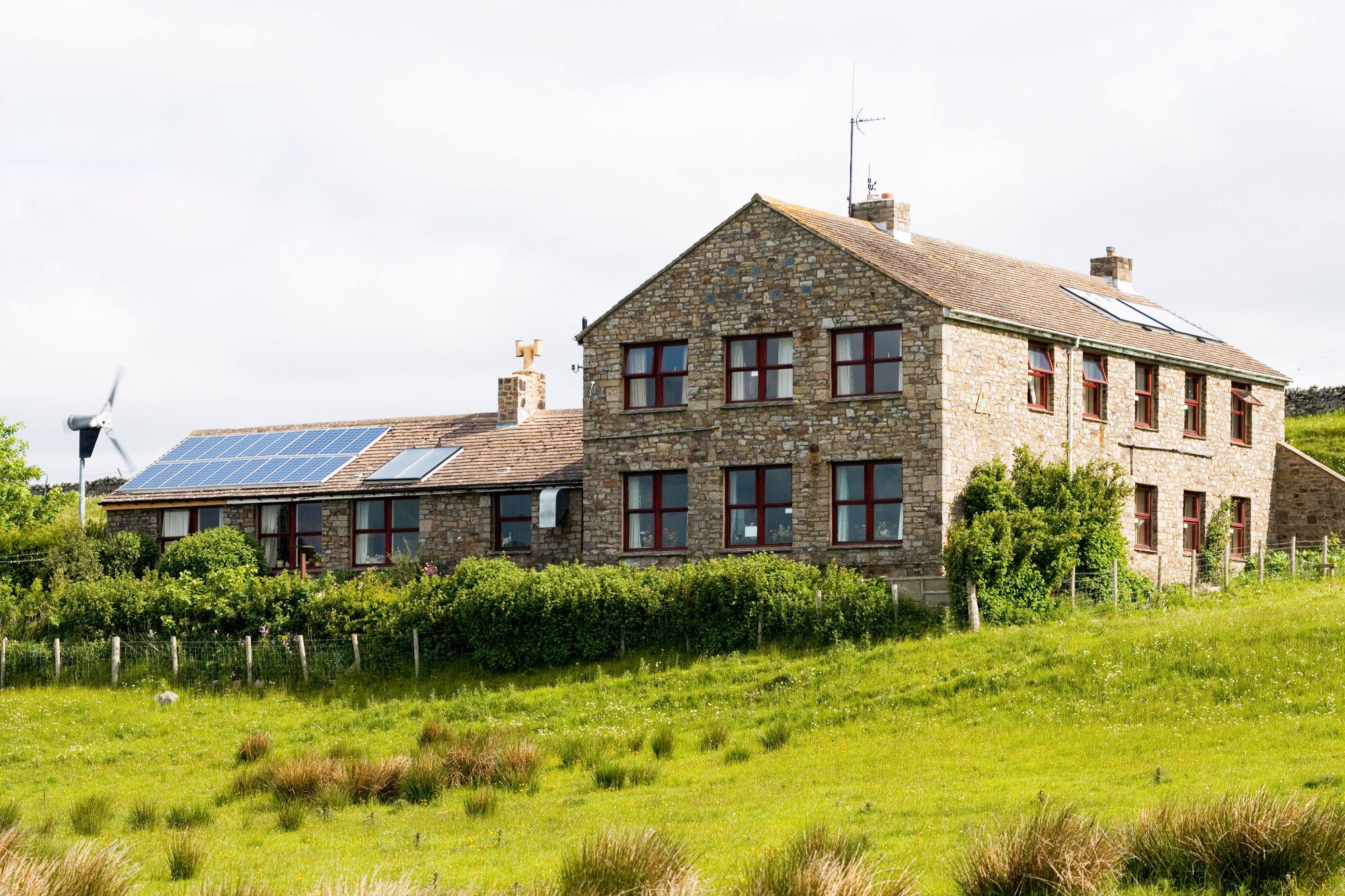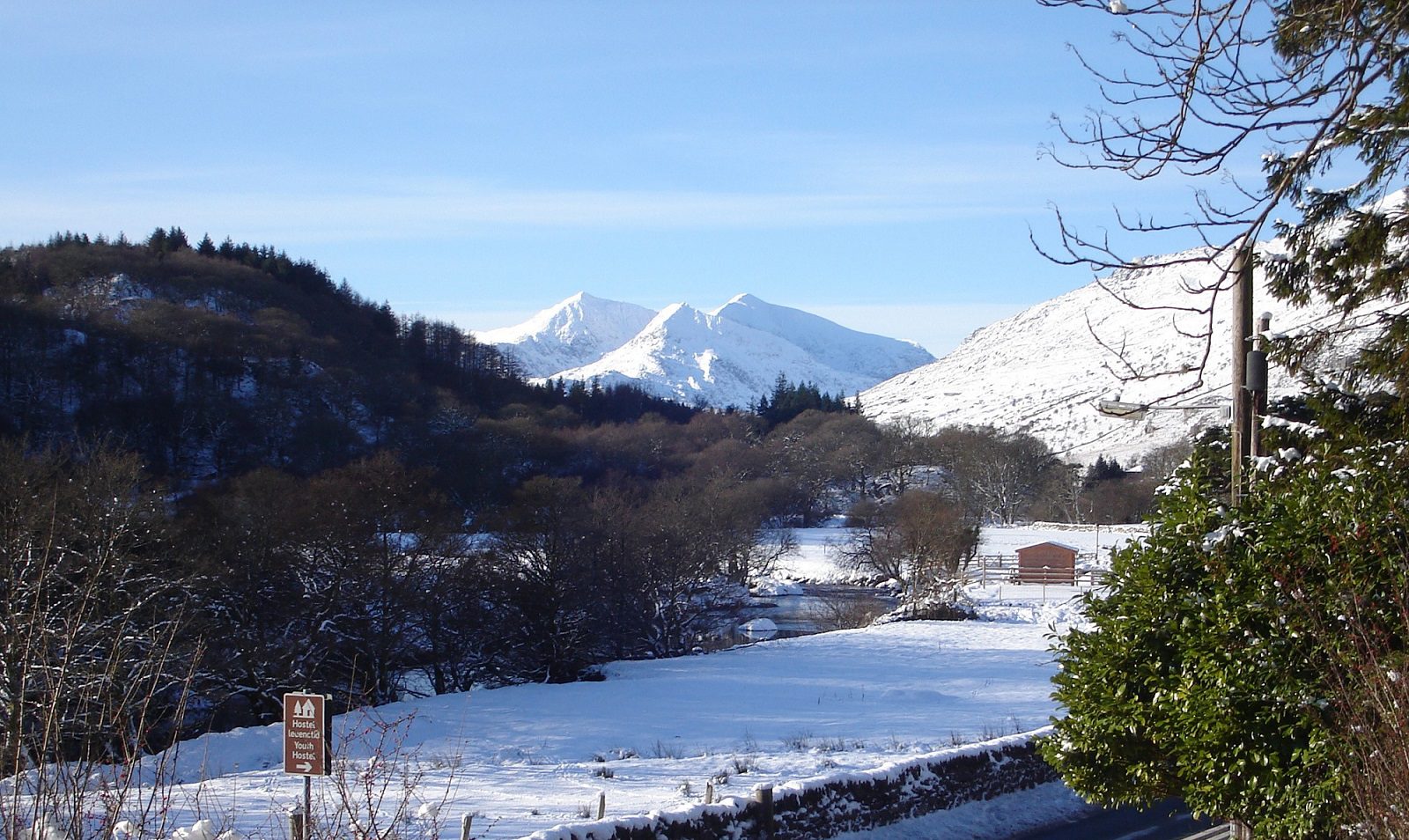English Heritage is the custodian of more than 400 historical monuments and buildings across the country, from Roman forts and medieval castles to ancient abbeys and even a Cold War bunker. With this mind, we’re using English Heritage locations to weave our way through 12 centuries of history in 12 locations. Let 2023 be your year of time travel…
9th century – Sandbach Crosses
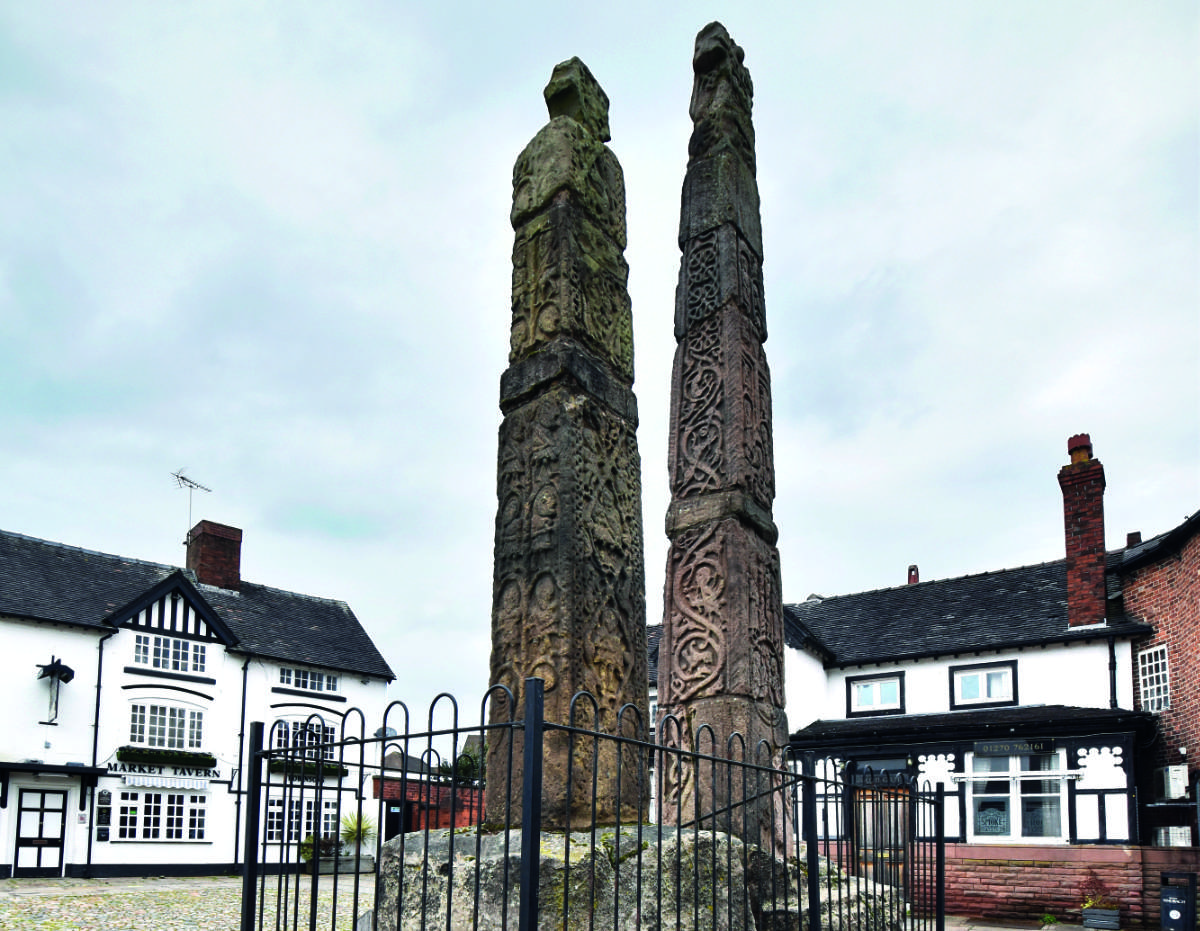
We start our historical journey in the Market Square of the Cheshire town of Sandbach. Standing tall in the centre of the town are two intricately carved crosses that date back to the ninth century, when Saxons still ruled the land. Craftspeople likely made the carvings in a monastery or minster, and they were perhaps used for religious services featuring scenes of the Nativity and Crucifixion.
Nearest hostel: YHA Chester Trafford Hall
10th century – Muchelney Abbey
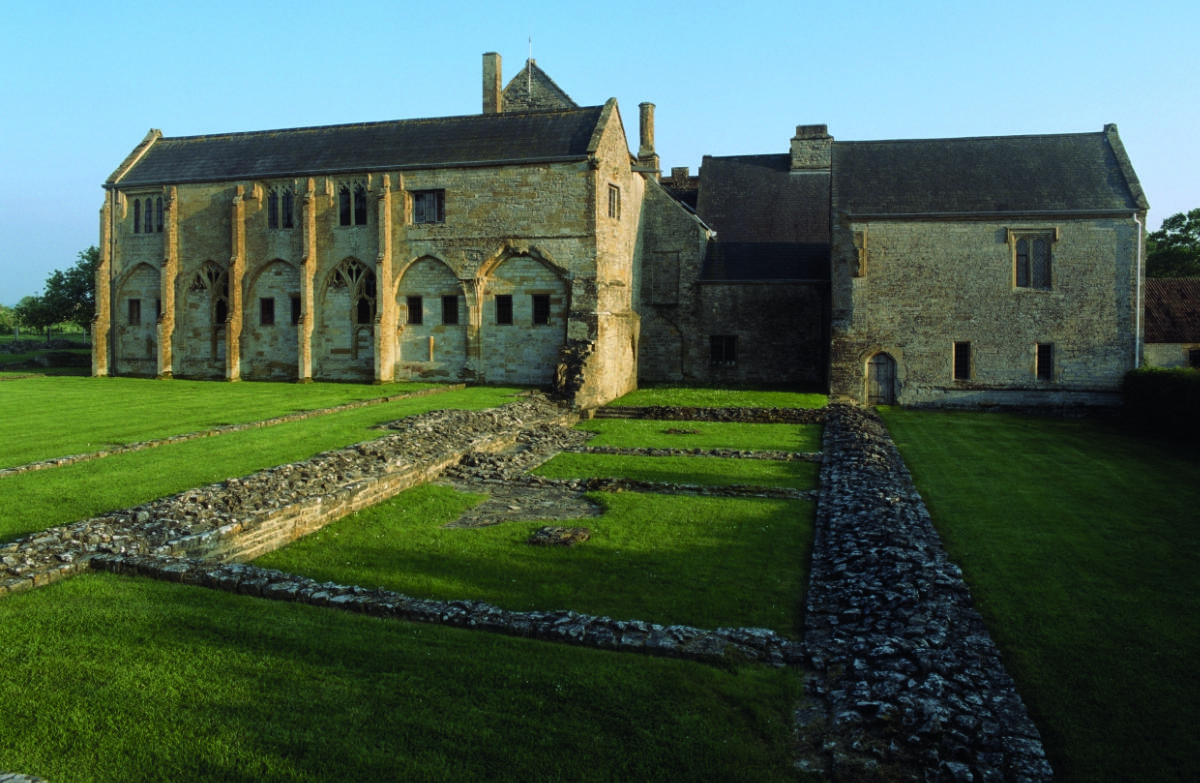
Muchelney Abbey on the Somerset Levels tells the story of monastic life in Britain over 900 years, from the Anglo-Saxon era, through the Middle Ages, and into the Tudor period. Within its ample ruins and surviving cloisters and chambers, visitors can learn about its foundation in the seventh century, its abandonment in the ninth century, and its golden age in the 10th century when it was refounded by King Athlestan. The monastery’s second lease of life lasted for some 600 years, until Henry VIII’s Dissolution of the Monasteries.
Nearest hostel: YHA Street
11th century – Battle Abbey
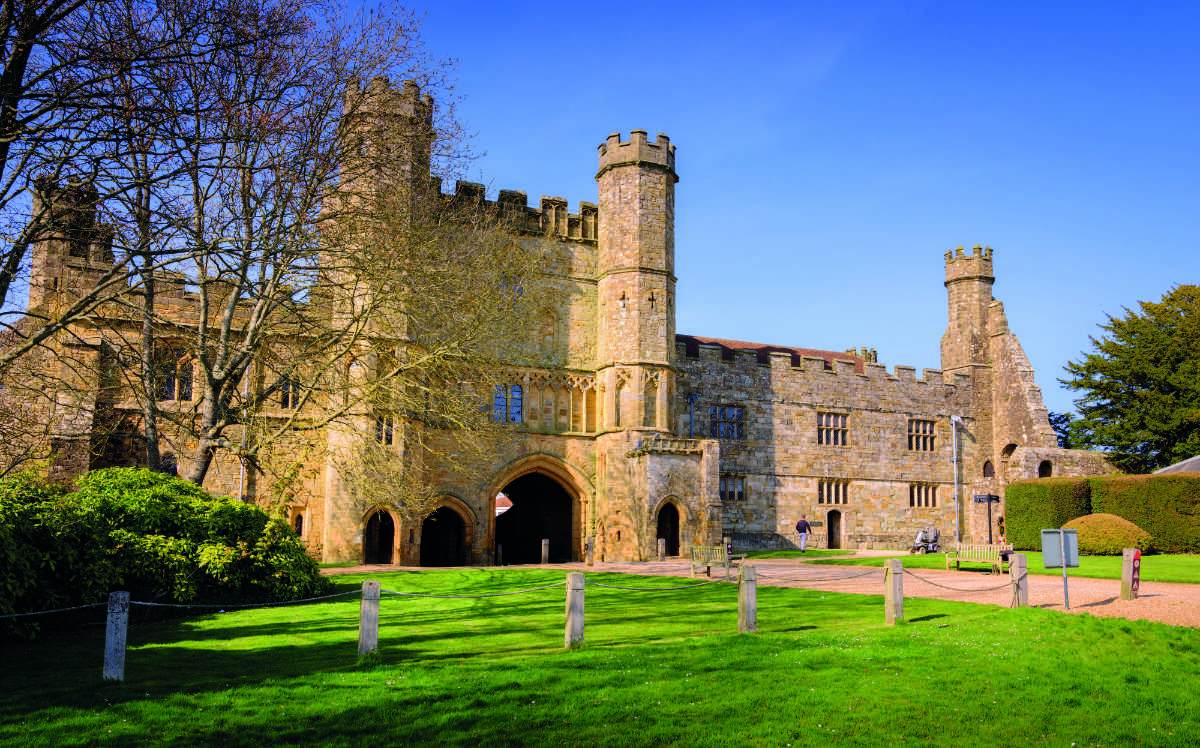
There was no real competition for this 11th-century location. Battle Abbey was built on the site of one of the critical turning points in British history: the Battle of Hastings in 1066. William the Conqueror built the abbey on the spot where Harold Godwinson died, marking the beginning of the Norman conquest. Today, the abbey makes for a great family day out, with an absorbing exhibition centre, a tour of the battlefield and artefacts to see in the abbey buildings. There’s also an adventure playground, and regular events.
Nearest hostel: YHA Eastbourne
12th century – Framlingham Castle
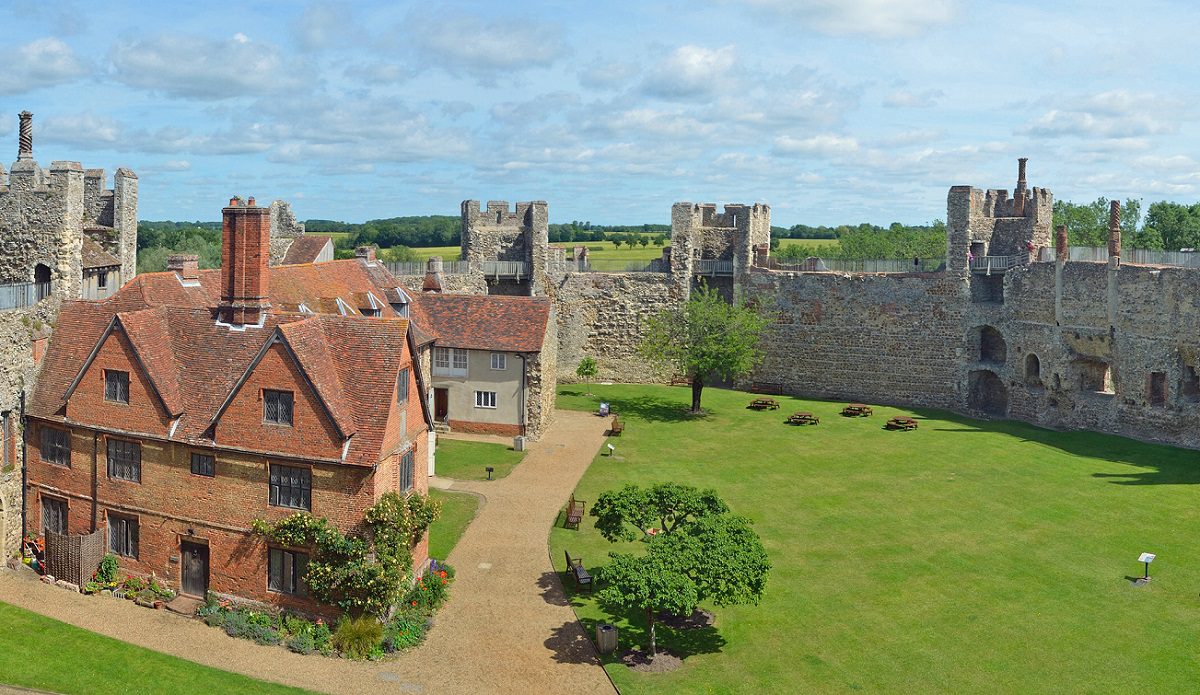
Framlingham Castle was built in the 12th century by Roger Bigod, the Earl of Norfolk. The earls and dukes of Norfolk were part of a hugely influential Norman family ruling after the success of William the Conqueror. The castle is also where Mary Tudor was proclaimed England’s first ruling queen. Today, this well-preserved castle offers a captivating day out, with plenty to keep children and adults amused.
Nearest hostel: YHA Blaxhall
13th century – Aydon Castle

King John’s rule in the 13th century was chaotic and ruinous for the country (watch any Robin Hood film). Barons were upset enough to make him sign the Magna Carta in 1215 which, in theory, limited the king’s powers. Among this chaos, one of England’s finest manor houses was built: Aydon Castle, set deep in the wooded Northumberland countryside. All the more remarkable is that the building is almost entirely intact, despite finding itself in the middle of another significant conflict a century later between England and Scotland.
Nearest hostel: YHA The Sill at Hadrian’s Wall
14th century – Spofforth Castle

England in the late Middle Ages couldn’t have been a fun place to live. The first wave of the Black Death arrived during the 1340s, and the ruling elite was often distracted by the Hundred Years’ War with France. The pleasingly named Spofforth Castle was the seat of the influential Percy family, and what you can see today, is mainly 14th century. It was later the location for a crucial moment in the Wars of the Roses (1455–1487): the Percy family supported the House of Lancaster against the House of York, and after a decisive victory at the Battle of Towton, Yorkist forces ransacked the castle leaving it in ruins.
Nearest hostel: YHA York
15th century – Gainsborough Old Hall
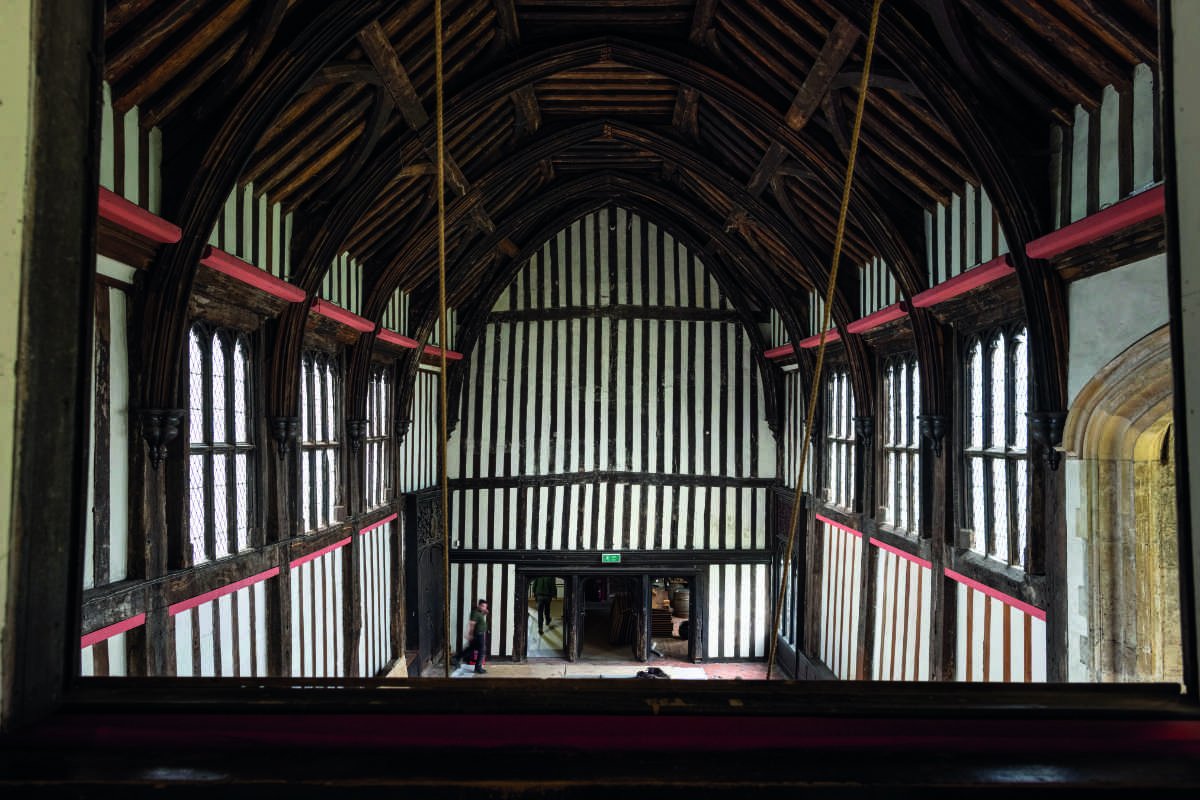
Gainsborough Old Hall in Lincolnshire sums up life in the 15th century pretty neatly… well, at least for the wealthy. Thomas Burgh II built one of the largest medieval manor houses in the 1460s while the Wars of the Roses still raged on. Thomas, a loyal administrator for four kings, had just received a knighthood and become a wealthy man. His legacy is this beautifully preserved building, with a vast kitchen and Great Hall that would have been a hub of local high society in the 15th century.
Nearest hostel: YHA Sherwood Forest
16th century – Carlisle Castle
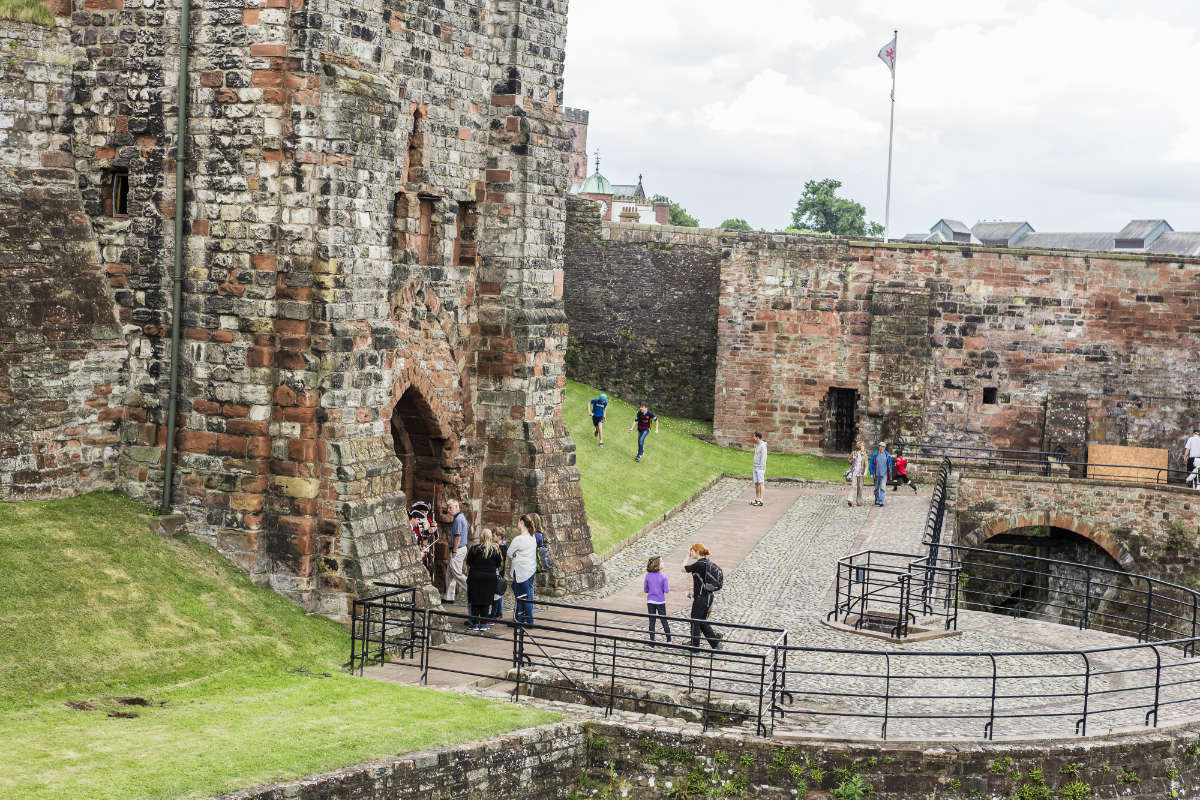
We’re now into the reigns of Henry VIII (1509-47) and Queen Elizabeth (1558–1603), the age of Shakespeare, and a relatively calm period in war. That said, there were still threats, particularly on the border with Scotland. as part of his efforts to regain control of the border region, Henry VIII ordered the defences of Carlisle Castle to be hugely strengthened. Even today, the fortifications from the 16th century are an imposing sight. Explore the medieval rooms and discover exhibitions of its turbulent history.
Nearest hostel: YHA Keswick
17th century – Bolsover Castle
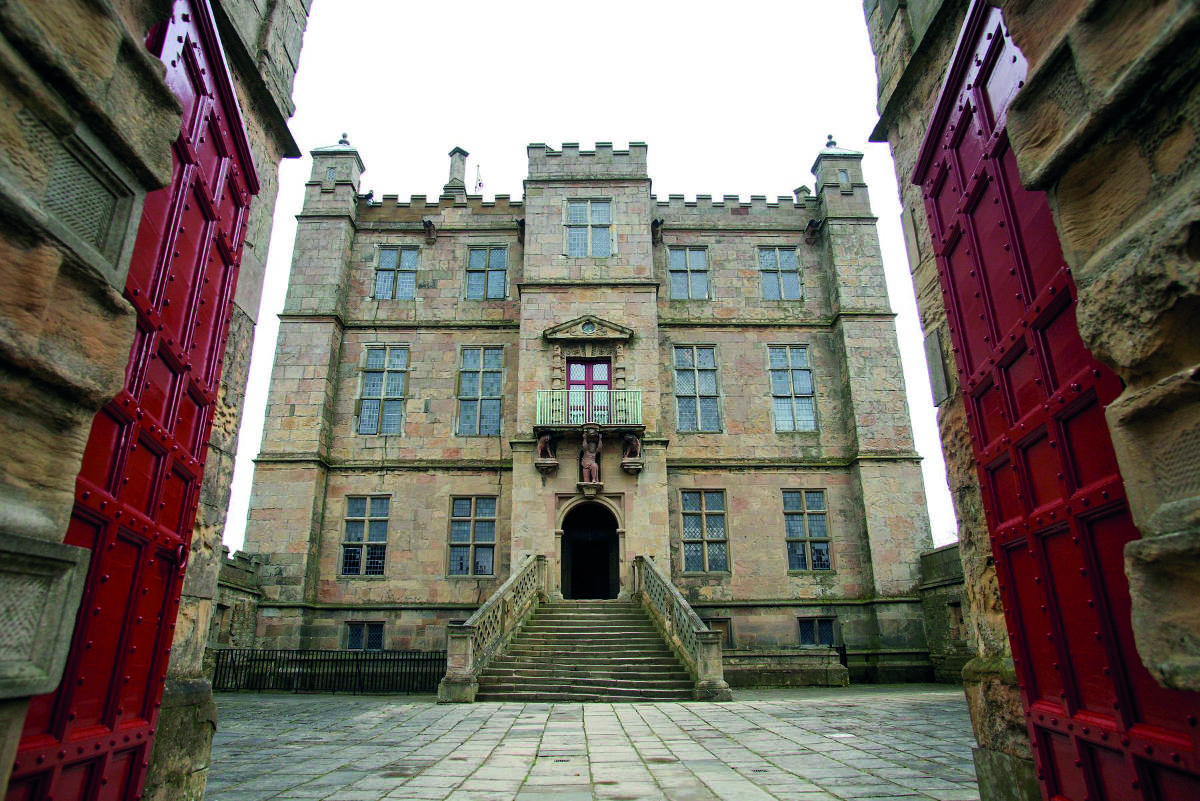
The 17th century was dominated by the English Civil Wars fought between the Royalists and the Parliamentarians. The conflict led to the execution of Charles I and, ultimately, the restoration of Charles II. Bolsover Castle, near Chesterfield, hosted Charles I and Queen Henrietta Maria in 1634, 15 years before Charles’ execution. The owner, William Cavendish, fought for the Royalists and went into exile. On his return in the 1660s, he continued to decorate, introducing rare 17th-century wall paintings. Bolsover is a remarkable place to visit.
Nearest hostels: YHA Sherwood Forest, YHA Youlgreave
18th century – Berwick-upon-Tweed Barracks and Main Guard & Castle and Ramparts

Few fortifications define a town quite as much as Berwick-upon-Tweed’s castle and ramparts, which sit within walking distance of YHA Berwick. The vast ramparts surround sizable parts of the centre, and it’s understandable why: the town sits on the border of England and Scotland and changed hands between the two over some 400 years of conflict. Today, the ramparts are impressive to explore, while the 18th-century Barracks and Main Guard shows life as an infantryman throughout the centuries. It also houses two art galleries.
Nearest hostel: YHA Berwick
19th century – Apsley House
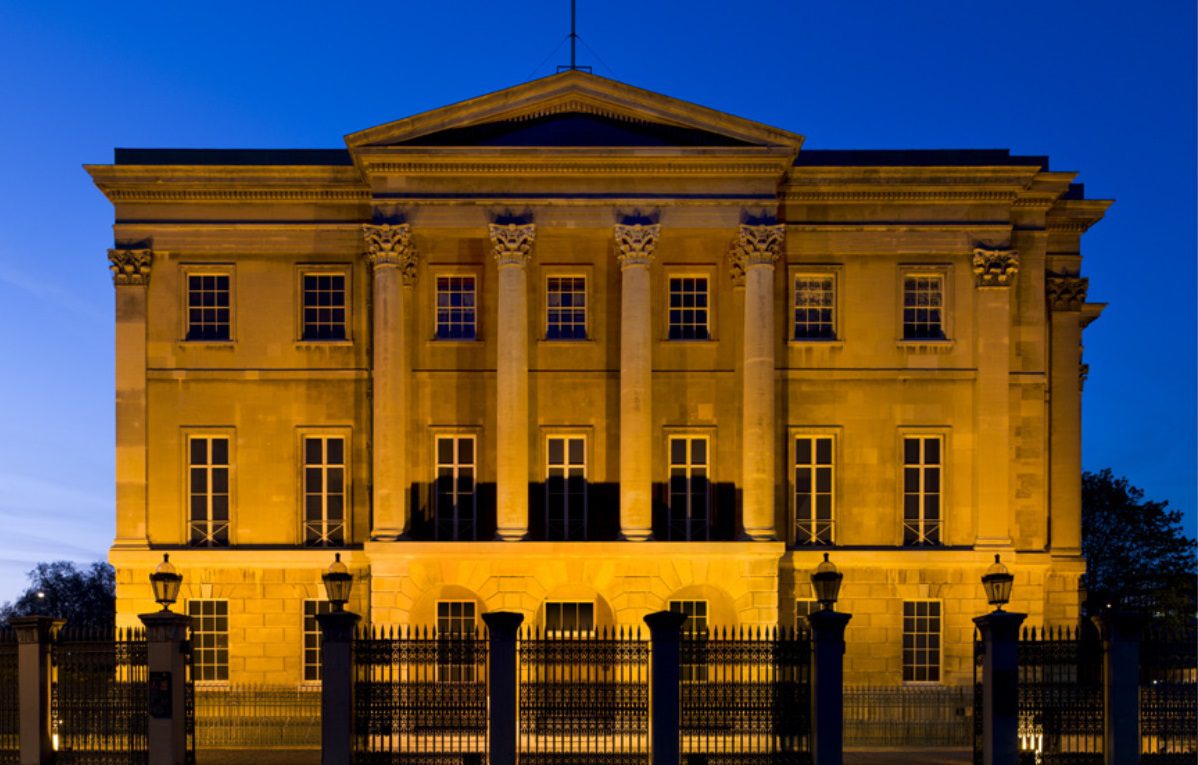
‘Number 1, London’. That’s how Apsley House on Piccadilly was known, so renowned was its grandeur. It was built in the late 18th century, but its interior is frozen in time since the departure of its most famous resident: a certain Arthur Wellesley, 1st Duke of Wellington. He bought the house after his victory at the Battle of Waterloo, adding a state dining room (he must have been confident he’d later become prime minister).
Nearest hostel: stay at one of our London hostels
20th century – York Cold War Bunker

The most modern of the English Heritage sites is a blast-proof bunker in York that was used as a tactical nerve centre safe from nuclear attack. It was used between the 1960s and 1990s and offers a chilling look at the very real threat of the Cold War; there’s even a decontamination room. Tours leave on the hour and pre-booking is required. Combine the trip with a very different experience at York’s Clifford’s Tower, built by William the Conqueror. A new roof deck gives unparalleled views over the city.
Nearest hostel: YHA York
Photo Credit: Historic England, Adobe Stock – harlequin9, English Heritage.
Read next: Let’s go learn about the Jurassic Coast
